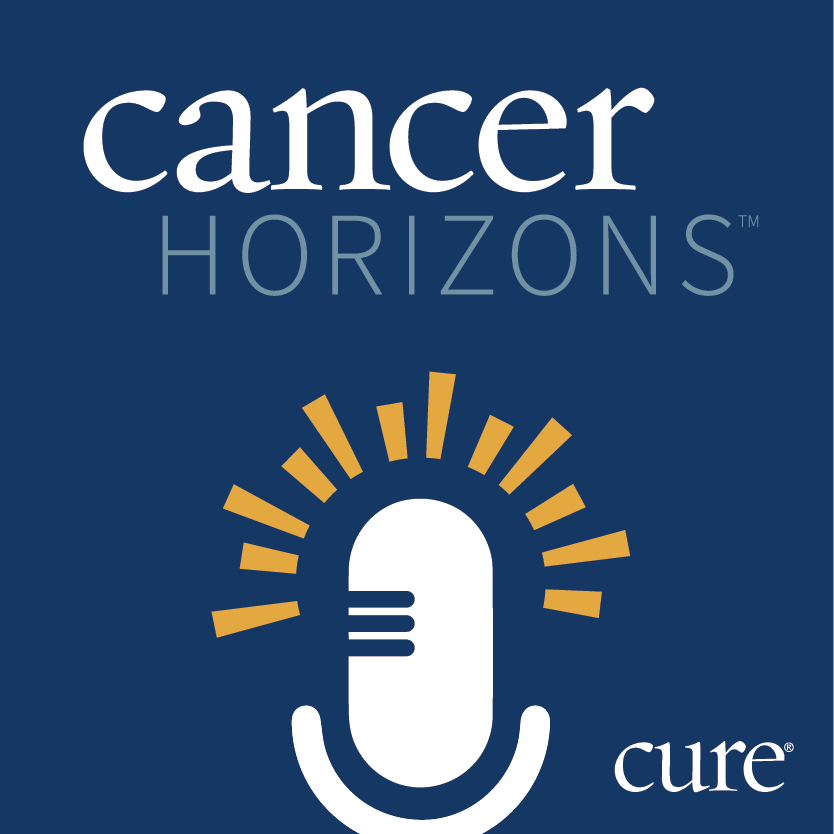News
Video
Injectable Opdivo May Mitigate Disparities in Kidney Cancer
Author(s):
Subcutaneous Opdivo led to similar outcomes to intravenous administration of the drug and may be easier to access down the road, an expert said.
For patients with advanced or metastatic clear cell renal cell carcinoma, subcutaneous Opdivo (nivolumab) was found to be no less effective or safe than intravenous administration of the drug, according to findings from the CheckMate-67T trial presented at the 2024 Genitourinary Cancers Symposium.
READ MORE: Immunotherapy ‘Boosts’ May Improve Outcomes for Advanced Kidney Cancer
Subcutaneous (under the skin) injections of the immunotherapy agent could help patients get their therapy sooner, while also decreasing access-to-care disparities, according to Dr. Saby George, director of Network Clinical Trials and a professor of Oncology and Medicine at Roswell Park Comprehensive Cancer Center, as well as an associate professor at the Jacobs School of Medicine and Biomedical Sciences at the University of Buffalo.
Transcript
The implications (of subcutaneous Opdivo) include cutting down the treatment times (and) reducing the need for infusion chairs, we will completely eliminate that if (the) patient transitions from intravenous drug to subcutaneous drug.
Intravenous is given in infusion centers, while (subcutaneous) can be given in clinics. You don't need any big setup or any IV access or port or anything for subcutaneously administered drugs. That's making it attractive for patients. This also touches upon the access issue, especially (for) patients in remote areas, (who) find it difficult to come to infusion centers, (find a) ride etc. They may not have the ride, or sometimes it's difficult to get to big centers. So if this is made widely available, this may improve access and thus touch upon disparities in health care access. So somehow or other if we are creative, we can improve the access issue and reduce disparities, thus enabling a lot of patients to receive treatment.
Another advantage is that decompressing the infusion centers will allow for reduced wait times to get a chair. In a large center like ours, there are a few days of lag between ordering and getting a treatment. That's something to do with the volume at the center. So if we decompress the infusion centers, we will open up more chairs. So that's, that's another big advantage for patients and, and their treatment burden is reduced because it's five minutes as opposed to 30 to 60 minutes.
For more news on cancer updates, research and education, don’t forget to subscribe to CURE®’s newsletters here.




